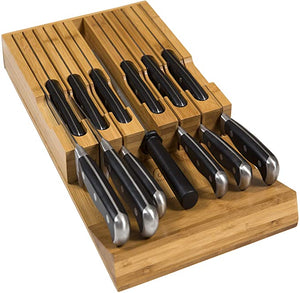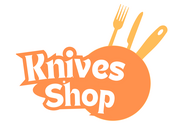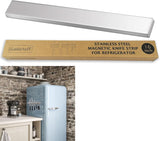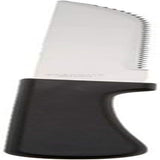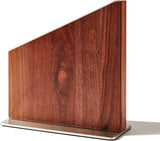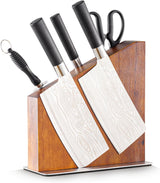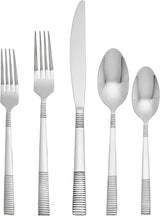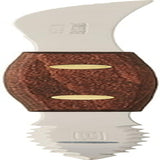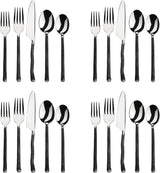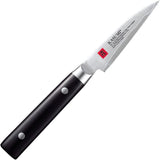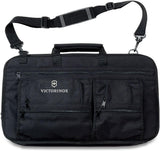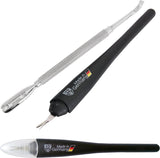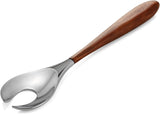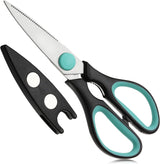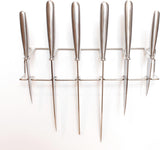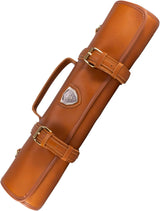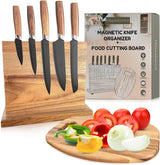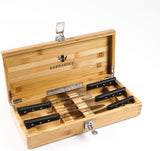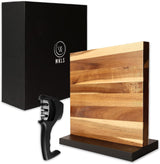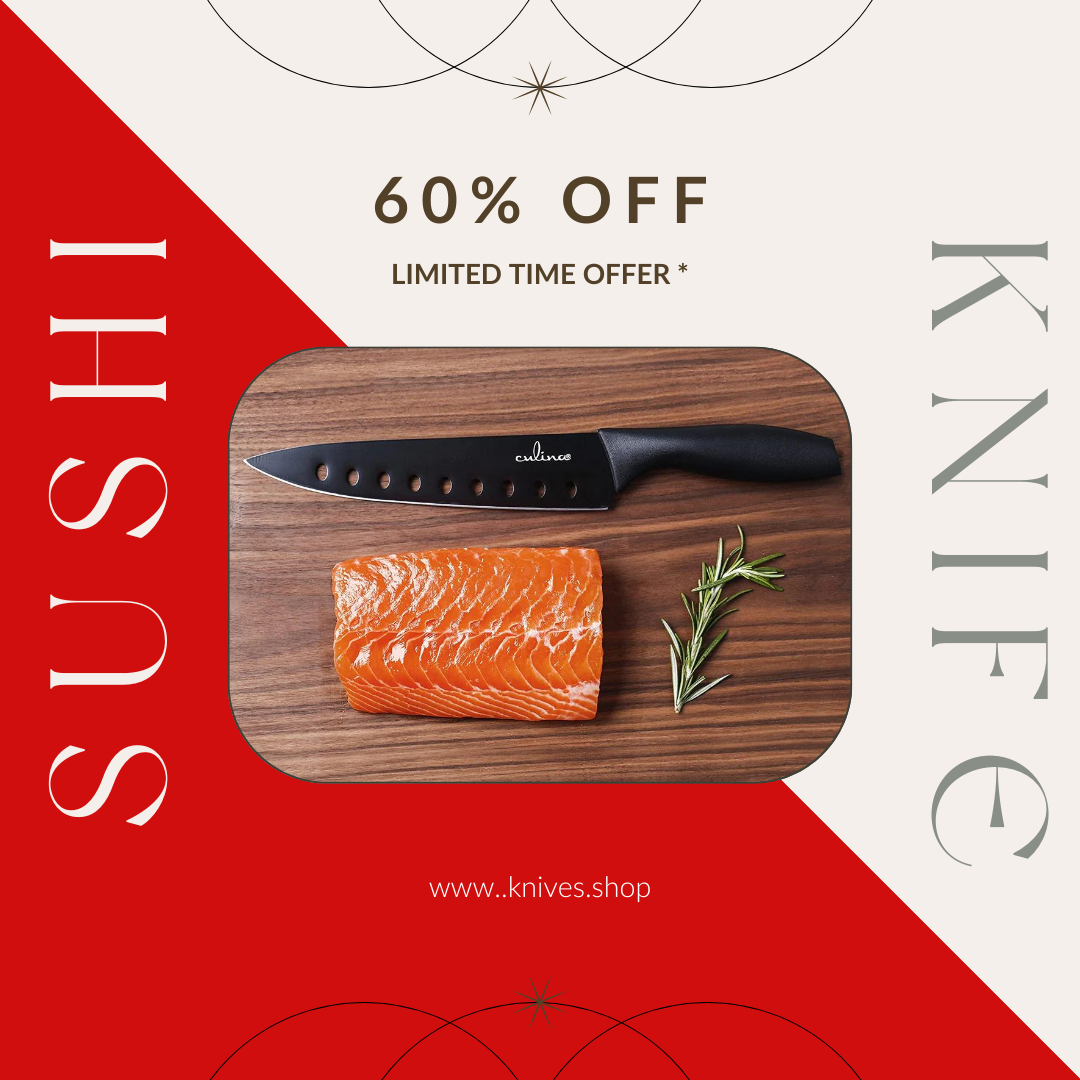In today's culinary landscape, knowing how to cut properly with a knife is a vital skill. Whether you're a home cook or a professional chef, honing your cutting techniques can vastly improve your cooking. Not only does it make your prep work more efficient, but it also ensures that your food cooks evenly and appears visually appealing.

Understanding Knife Anatomy
Before diving into techniques, it's crucial to understand the anatomy of a kitchen knife. A knife typically consists of several parts, each with a specific purpose:
Blade
The blade is the most critical part as it does the actual cutting. Blades can be made from different materials like stainless steel, carbon steel, and ceramic. Each material has its pros and cons.
Handle
The handle should provide a comfortable grip, ensuring you have complete control over the knife. Handles can be made from wood, plastic, or composite materials.
Heel
The heel is the part of the blade closest to the handle. It is used for demanding cutting tasks such as chopping through bones or other tough ingredients.

Choosing the Right Tools
Having the right knife can make all the difference in your cutting experience. Essential knives to consider include:
- Chef's Knife: The most versatile knife for various tasks.
- Paring Knife: Perfect for intricate work like peeling and trimming.
- Serrated Knife: Ideal for cutting bread and tomatoes.
- Boning Knife: Used for deboning meat and fish.
Chef's Knife
The chef's knife is often called the workhorse of the kitchen. Its versatility allows it to handle tasks ranging from slicing and dicing to chopping and mincing.

Mastering Basic Knife Techniques
Learning how to cut properly with a knife involves mastering several basic techniques. These foundational skills set the stage for more advanced cutting methods:
Slicing
Slicing is a straightforward technique involving a back-and-forth motion of the knife. It is commonly used for vegetables, fruits, and cooked meats. The goal is to produce even, uniform slices.
Dicing
Dicing involves cutting an ingredient into small, cube-shaped pieces. This technique is frequently used for vegetables like onions, carrots, and potatoes. Diced ingredients cook more evenly due to their uniform size.
Chopping
Chopping is a more robust technique used for cutting ingredients into larger pieces. It often involves a firm, downward motion. Chopping is ideal for herbs, leafy greens, and nuts.
Mincing
Mincing involves cutting ingredients into very tiny pieces. This technique is commonly used for garlic, ginger, and herbs. Mincing releases more flavor, making it ideal for seasoning dishes.
Advanced Knife Techniques
After mastering basic techniques, you can explore more advanced cutting methods. These techniques require a higher skill level but can significantly elevate your culinary creations:
Julienning
Julienning involves cutting ingredients into long, thin strips. This technique is often used for vegetables like carrots, zucchini, and bell peppers, adding a touch of elegance to your dishes.
Chiffonade
Chiffonade is a technique used for cutting leafy greens and herbs into thin ribbons. It involves stacking the leaves, rolling them tightly, and making thin, precise cuts. This method is excellent for garnishing dishes.
Brunoise
Brunoise involves dicing ingredients into tiny, uniform cubes. This technique is often used for vegetables in soups, sauces, and salads. Brunoise cuts add a refined touch to your dishes.
Maintaining Your Knives
Proper maintenance is crucial for keeping your knives in optimal condition. Well-maintained knives are safer to use and produce cleaner cuts:
Sharpening
Sharpening your knife regularly ensures it remains efficient and safe. Using a sharpening stone or a honing rod can help maintain the blade's sharpness. Check this sharpen Victorinox Knives for a more thorough sharpening guide.
Cleaning
Always hand-wash your knives immediately after use, using mild soap and warm water. Dry them thoroughly before storing to prevent rust and corrosion.
Storage
Proper storage is essential for maintaining the integrity of your knife's blade. Use a knife block, magnetic strip, or knife guard to store your knives safely. For more ideas, check this set dishwasher safe overview.
Safety Tips for Cutting with a Knife
Safety should always be a top priority when using a knife. Here are some essential safety tips to keep in mind:
Use a Stable Cutting Board
A stable, non-slip cutting board provides a safe surface for cutting. Avoid using glass or marble cutting boards, as they can dull your knife.
Mind Your Fingers
Always keep your fingers tucked in and use your knuckles as a guide when cutting. You'll have better control over the knife and reduce the risk of accidental cuts.
Cut Away from Your Body
Always cut away from your body to avoid accidental injuries. This technique ensures that the blade remains under control at all times.
Practice Makes Perfect
Like any skill, mastering how to cut properly with a knife requires practice. The more you practice, the more comfortable and proficient you will become. Start with simple tasks and progressively challenge yourself with more complex techniques.
Conclusion
Mastering how to cut properly with a knife is an invaluable skill in the kitchen. By understanding knife anatomy, mastering basic and advanced techniques, maintaining your knives, and practicing safety measures, you can improve your cutting skills significantly. Not only will this make your cooking more efficient, but it will also enhance the overall presentation and flavor of your dishes. So grab your knife, practice those cuts, and enjoy the process of becoming a more skilled cook.
FAQs
Why is learning how to cut properly with a knife important?
Proper cutting techniques ensure even cooking, improve presentation, and enhance safety in the kitchen.
What type of knife should I start with?
A Chef's knife is a versatile choice for beginners, ideal for a wide range of cutting tasks.
How often should I sharpen my knife?
Sharpen your knife regularly, depending on usage. Regular honing can help maintain sharpness between professional sharpenings.
As an Amazon Associate, I earn from qualifying purchases.
For more detailed information on knife sharpening, visit BBC Bitesize
